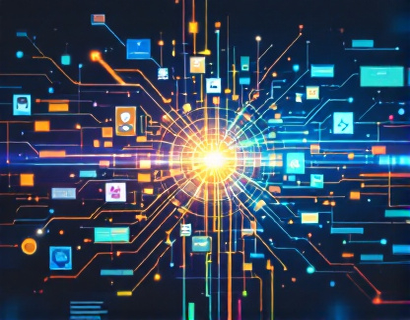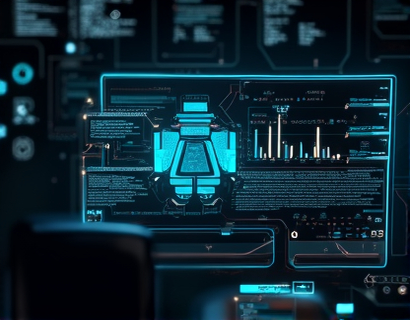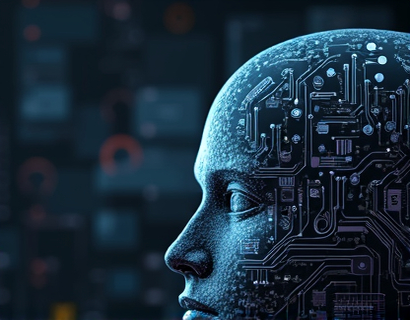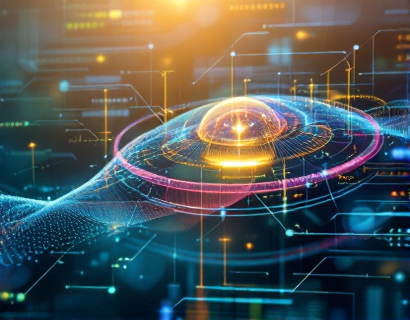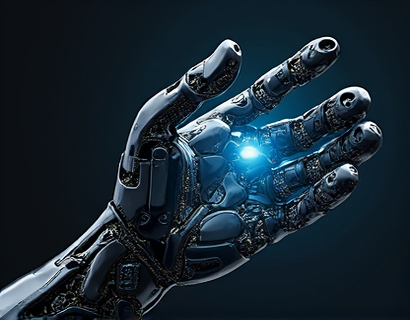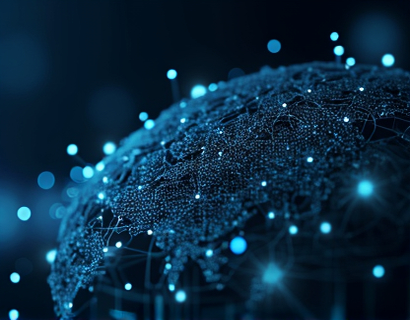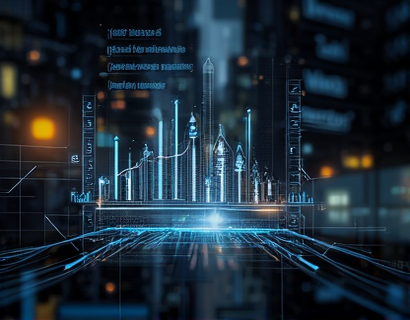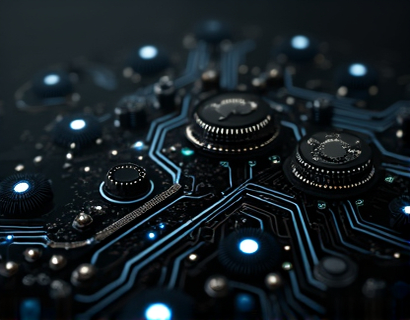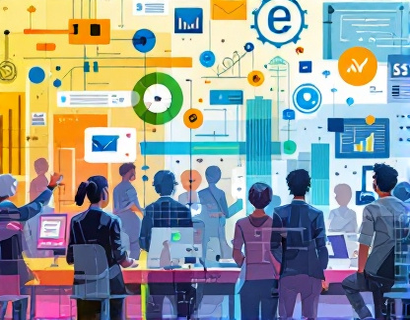Decentralized Productivity: Unleashing Next-Gen Potential with AI and Crypto Integration
The digital landscape is rapidly evolving, driven by advancements in artificial intelligence and blockchain technology. This convergence is giving rise to decentralized productivity solutions that promise to revolutionize how we work and interact with digital tools. By integrating AI and crypto, these solutions offer enhanced efficiency, security, and simplified digital task management. This article delves into the transformative potential of decentralized productivity, exploring how AI and crypto are reshaping the future of work.
Understanding Decentralized Productivity
Decentralized productivity refers to the use of decentralized technologies to create and manage digital workflows and tools. Unlike traditional centralized systems, decentralized solutions distribute control and data across a network of nodes, eliminating single points of failure and enhancing security. This approach not only improves reliability but also empowers users by giving them greater control over their data and digital assets.
The integration of AI into decentralized systems further amplifies their capabilities. AI can automate complex tasks, provide insights through data analysis, and enhance user experiences by personalizing interactions. When combined with the transparency and security of blockchain, AI-driven decentralized productivity tools offer a powerful toolkit for modern professionals.
Enhanced Efficiency Through AI and Crypto
One of the primary benefits of decentralized productivity solutions is the significant boost in efficiency they provide. AI algorithms can streamline workflows by automating repetitive tasks, such as data entry, scheduling, and report generation. This automation not only saves time but also reduces the potential for human error, ensuring that tasks are completed accurately and promptly.
Crypto technology plays a crucial role in this efficiency by enabling secure and transparent transactions. Smart contracts, for instance, can automate and enforce agreements without the need for intermediaries, reducing administrative overhead and costs. This seamless integration of AI and crypto ensures that digital tasks are not only completed efficiently but also securely and transparently.
Simplified Digital Task Management
Decentralized productivity tools simplify digital task management by providing a unified platform where users can create, assign, track, and complete tasks with ease. AI-driven task management systems can predict task dependencies, optimize resource allocation, and even suggest the best times to perform certain tasks based on user behavior and preferences.
For example, a decentralized task management tool could use AI to analyze a user's past performance and suggest the most efficient order for completing a set of tasks. It could also integrate with other decentralized applications to fetch necessary data and resources, ensuring a smooth and seamless workflow. This level of integration and automation significantly reduces the cognitive load on users, allowing them to focus on higher-value activities.
Security and Privacy in Decentralized Productivity
Security and privacy are paramount in any digital solution, and decentralized productivity tools excel in this area. By leveraging blockchain technology, these tools ensure that data is stored across a distributed network, making it highly resistant to hacking and data breaches. Each transaction and data change is recorded on the blockchain, providing an immutable and transparent audit trail.
AI enhances this security by continuously monitoring the system for anomalies and potential threats. Machine learning algorithms can detect unusual patterns and alert users or administrators in real-time, enabling proactive measures to mitigate risks. Additionally, decentralized identity management systems powered by AI can provide users with greater control over their personal data, ensuring that sensitive information is only shared with authorized parties.
User-Centric Design and Accessibility
The success of decentralized productivity solutions hinges on their user-centric design and accessibility. These tools must be intuitive and easy to use, catering to a wide range of users, from tech-savvy professionals to those new to digital technologies. AI plays a crucial role in creating user-friendly interfaces by personalizing the user experience based on individual preferences and behavior.
For instance, AI can adapt the interface layout, suggest frequently used features, and provide context-aware assistance to guide users through complex tasks. This personalized approach not only enhances usability but also increases user satisfaction and adoption rates. Moreover, decentralized platforms can be designed to be accessible on various devices, including smartphones, tablets, and desktops, ensuring that users can access their tools anytime, anywhere.
Interoperability and Ecosystem Integration
Interoperability is a key feature of decentralized productivity solutions, allowing different applications and services to work seamlessly together. AI facilitates this interoperability by acting as a bridge between various decentralized platforms, ensuring smooth data exchange and integration. This capability is particularly valuable in a fragmented digital landscape where users often rely on multiple tools and services.
By integrating with a wide range of decentralized applications, AI-powered productivity tools can create a cohesive ecosystem that enhances overall productivity. For example, a decentralized calendar app could integrate with a task management tool and a document storage service, allowing users to schedule tasks based on availability, access relevant documents, and manage their workload all within a single, unified interface.
Case Studies and Real-World Applications
Several real-world applications demonstrate the potential of decentralized productivity solutions. One notable example is a decentralized project management platform that uses AI to optimize team collaboration and task allocation. This platform leverages blockchain to ensure transparent and secure communication, while AI algorithms analyze project data to identify bottlenecks and suggest improvements.
Another example is a decentralized content creation and monetization platform for freelancers. AI-driven tools help freelancers manage their portfolios, track client interactions, and automate invoicing processes. The use of smart contracts ensures that payments are processed securely and transparently, reducing the risk of disputes and delays.
Challenges and Future Prospects
Despite the numerous benefits, decentralized productivity solutions face several challenges. One major hurdle is the need for widespread adoption and standardization of decentralized technologies. Users and developers must embrace these new paradigms, and industry standards must be established to ensure compatibility and interoperability.
Another challenge is the technical complexity associated with blockchain and AI. While these technologies offer powerful capabilities, they require a certain level of technical expertise to implement and maintain. However, as the ecosystem matures, user-friendly tools and services will become more prevalent, lowering the barrier to entry for non-technical users.
Looking ahead, the integration of AI and crypto in decentralized productivity is poised to grow exponentially. Advancements in AI, such as more sophisticated natural language processing and computer vision, will further enhance the capabilities of these tools. Additionally, the development of more efficient blockchain protocols will improve scalability and reduce transaction costs, making decentralized solutions more accessible and practical for everyday use.
In conclusion, the convergence of AI and crypto is unlocking new possibilities in decentralized productivity. By leveraging these technologies, we can create more efficient, secure, and user-friendly digital tools that empower individuals and organizations to achieve their goals with unprecedented ease. As the ecosystem continues to evolve, the potential for innovation and transformation in the digital landscape is immense.






